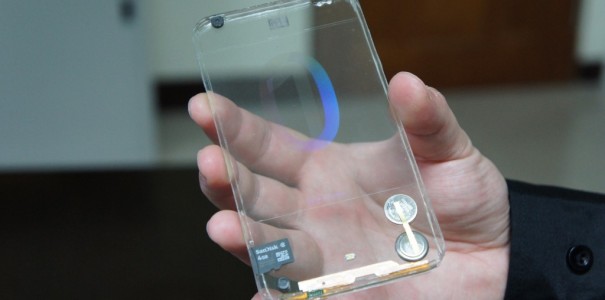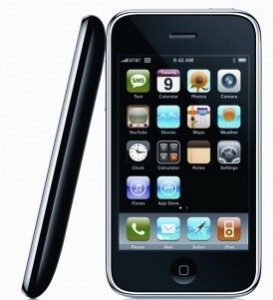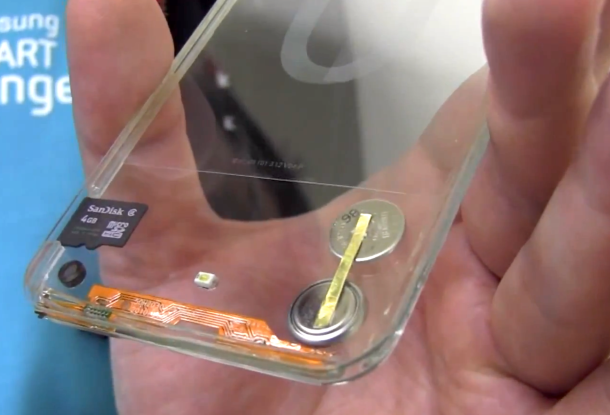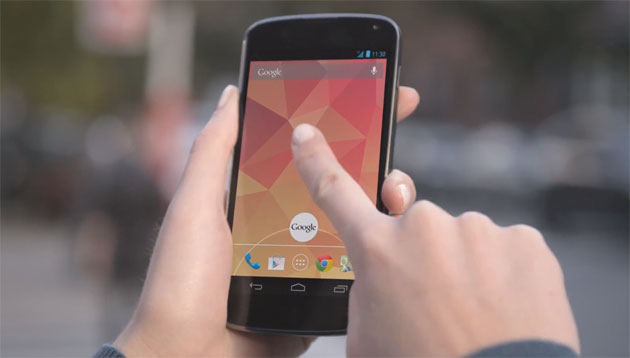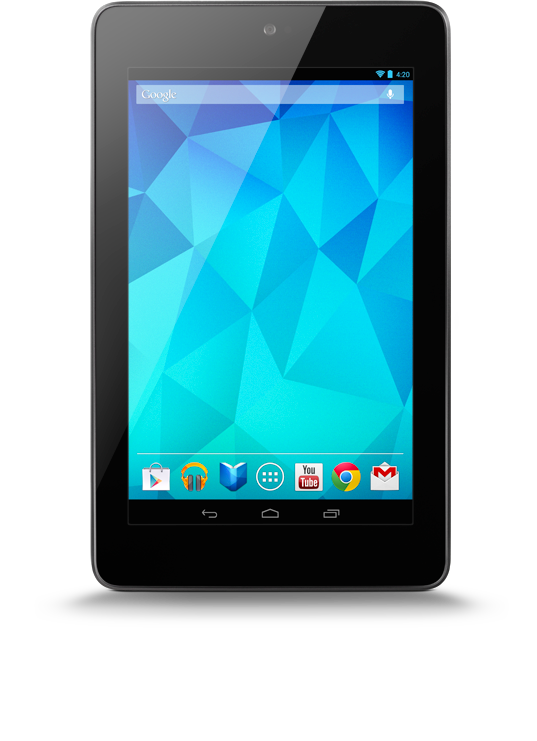-

-

-

-

-

-

-

-

-

-

-
-

-

-

-

-

-

-

-

-

-

-

-

-

-

-

-

-

-

-

-

-

-

-

-

-

-

-

-

-

-

-
-

-

-
 TOTW: Google's Project Ara Modular Phone May Be The Future Of SmartphonesOctober 30, 2014
TOTW: Google's Project Ara Modular Phone May Be The Future Of SmartphonesOctober 30, 2014 -

-

-

-

-

-

-

-

-

-

-

-

-

-

-
-
-

-

-

-

-

-

-

-

-

Posts tagged smartphones
TechSpot: Polytron Transparent Smartphone
0Transparent smartphones: the thing of the future. Anyone who has seen any sci-movies has seen transparent phones which are basically a piece of glass. That will come farther in the future. But if you are impatient like most of us, and want the best thing available with a relatively short wait, Polytron is for you.
Now, don’t get to excited. Polytron’s smartphone pictured above is still in its developing stage. As you can see, not all of the hardware is completely transparent, and all the add-ons like a camera are visible. Sill, it is a pretty big jump from the old iPhones and other smartphones.
The secret to Polytron’s masterpiece is what they call, “Switchable Glass Technology”. It uses liquid crystal molecules to form the images or text. But when no energy is flowing through the phone, the molecules turn white and clear, making a perfect transparent smartphone.
But Polytron aren’t stopping there. They say in a couple weeks they will announce their design for a transparent tablet. Sooner or later, the word will be full of these transparent smartphones, and sci-fi movies wil become reality.
TechSpot: Google Nexus
0In November of 2012, Google released the Nexus 4 smartphone.
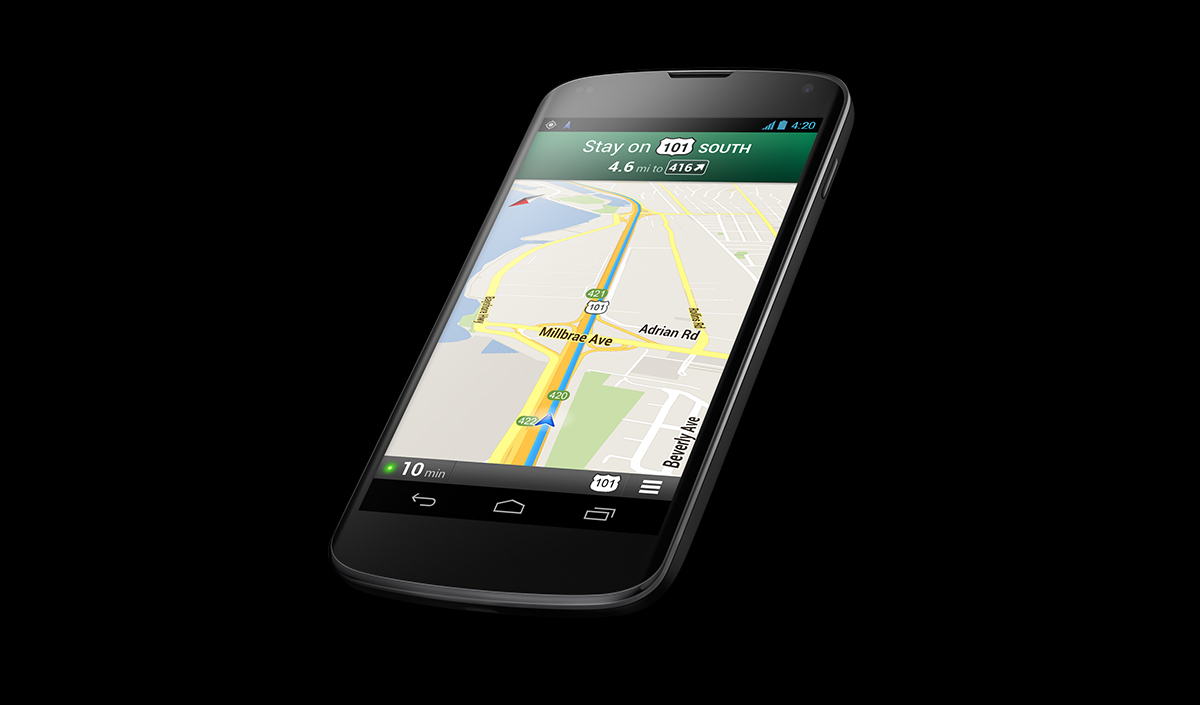
The Nexus 4 uses ONLY Google products such as Google Maps, Google Play and Google Voice. Google Maps is much better when driving, because it combines Google Earth with Google Maps. It’s basically a satellite map with the blue line for directions. Also, it shows your car on the map much more accurately than on the Google Maps app for iOS devices.
Another plus for the Nexus 4 is that it has Android Beam. Android Beam works as a sharing tool, but much easier to use than Dropbox or Airplay. Unfortunately, both Nexus’ have to have the same version of Googles OS. Otherwise, all you have to do is open the file, webpage or map and you hold your phones together. It should say ‘Touch To Beam’. You touch it, and the other person gets what you had on your screen. Easy!
Google Voice is a voice recognition app. To open it, you slide up from the bottom of the screen which opens Google. Then, in the search bar, there is a little microphone symbol. Hit that and it opens Google Voice.
http://www.youtube.com/watch?feature=player_embedded&v=pHuoDqcIyqk
With Google Voice you can ask it anything, and it pops up a a bar with the information. The problem is, you can’t just say ‘send email to Joe Smith’. It would search the web for that. You would have to say ‘Joe Smith’ and it would bring up info from your contacts, then you can select to send him an email. Still, Google Voice is better than the notoriously bad Siri.
Phone designers are always trying to make their products easier to use. The keyboard on other phones such as the iPhone are a struggle to use. You are always buying add on keyboards for things like the iPad, but those only work if you are sitting at a table. Google came out with Gesture Typing to fix that. With gesture typing you just slide your fingers along the letters you want and it gives you 4 guesses. Gesture Typing proves to be very useful when texting in a hurry.
One con for the Nexus 4 is the memory. If you want an IPhone 5 with the max memory, you can get the 64 gigabyte version for $400. The most memory you can get with a Nexus 4 is 16 gigabytes, which costs a ridiculos amout of $350. They also have a 8 gigabyte Nexus 4 (only someone who only has like 5 apps would want that) for 300$.
Overall, if I had to choose between iPhone or Nexus 4, I would choose iPhone mostly because if Nexus 4’s cost.
Even before that, in June 2012 at the Google I/O, they came out with the Nexus 7. The Nexus 7 is about the size of an iPad Mini. Even though the Nexus 7 was made before the Nexus 4, it has most all of the same features, which proves Google basically just changed the size.
The price on the Nexus 7 is actually BETTER than Apple’s iPad Mini. For a 32 gigabyte Nexus you have to pay $300 (probably because it was made earlier). It is $430 for a 32 gigabyte iPad Mini. Still, I think Apple have the upper hand.
Here comes the turning point. Google Nexus 10, that came out in early 2013, is a great family tablet. Its gigantic 10″ screen beats the iPad’s 9×7 screen. The big screen is great for watching movies with the family or reading books. It has all the regular features that the Nexus 4 and 7 have like Gesture Typing, Google Play and Google Voice. Another feature that makes the Nexus 10 a great family tablet is the User feature. You can have different on your Nexus 10 for all the people in the family. You sign in just like a laptop or computer and you can even costomize your desktop.
Again, just like the Nexus 7, the Nexus 10 trump the iPad by the cheapest, which most people go by. For 32 gigabytes, Nexus 10 is $500, and iPad is $600.
The Nexus 10 and the iPad are very close in which is better. If you have 3 or more people in your family and you only want to buy 1 tabet, buy the Nexus 10. If you have 2 or less people in your family, the iPad is more for you.
Altogether, the Nexus family is very unique and very cool, and maybe their next add to the family will be even better than Apple version of it (there is definitely going to be one).
